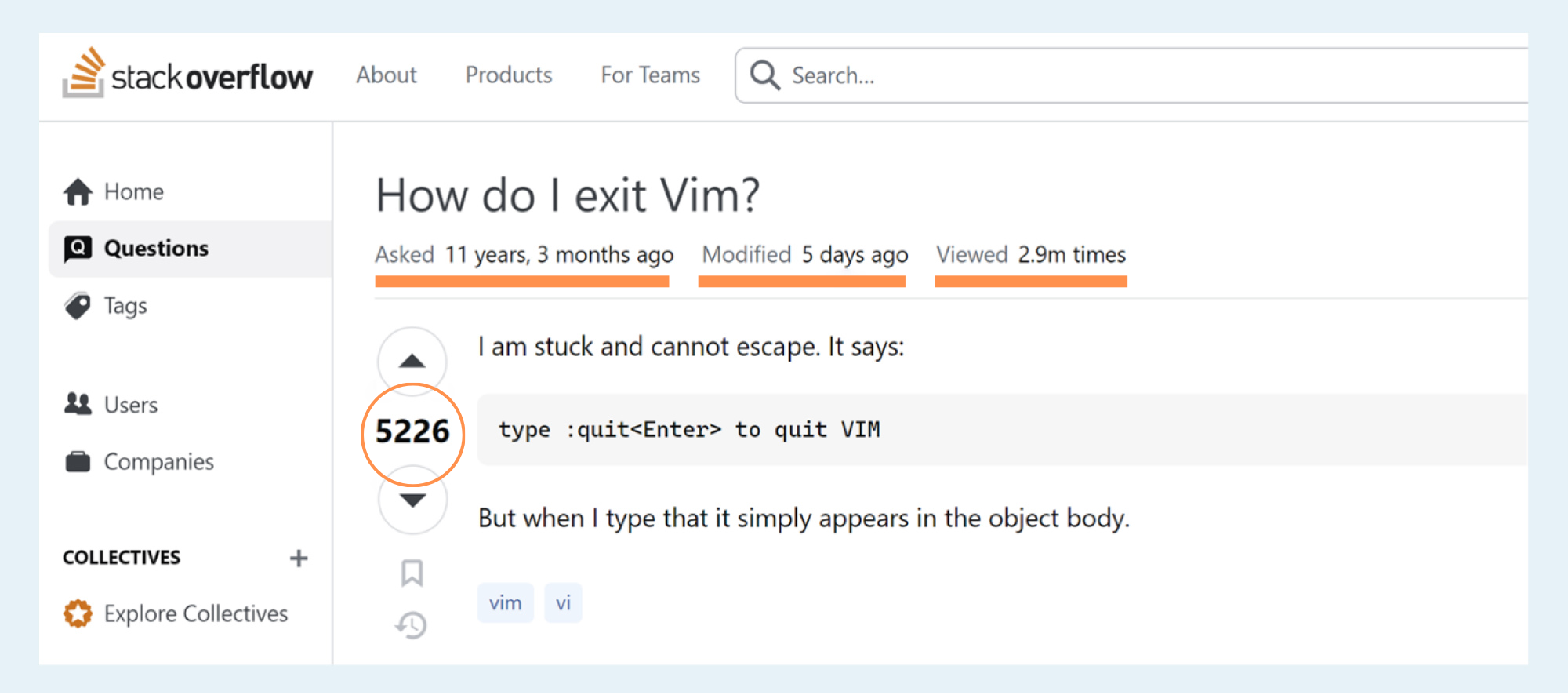Embarking on a journey through containerized applications, DevOps, and cloud tech, software developer Fatih Cebeci pursued his CKAD certification. With Kubernetes expertise crucial for optimizing Funda's uptime and speed, Fatih shares the lessons learned in this blog post.

The rise of Kubernetes
In the ever-evolving landscape of container orchestration, Kubernetes stands tall as the undisputed leader, revolutionizing the way we deploy, scale and manage applications. Nearly half of container organizations recognize the prowess of Kubernetes, leveraging it to deploy and manage containers within a rapidly growing ecosystem. Notably, the open-source cloud computing tool has experienced the fastest growth in job searches, indicating its increasing importance in the tech industry.
At Funda, where our platform is utilized by millions of people across the Netherlands, ensuring the continuous uptime and optimal speed of our systems is crucial. With such a large user base relying on our platform for their real estate needs, even the slightest downtime or slowdown can significantly impact their experience. By leveraging highly scalable applications and utilizing containers and Kubernetes, we not only ensure the reliability and performance of our systems but also prioritize the seamless experience of our customers throughout their journey on Funda.
Complexity and persistent learning
From a developer's standpoint, Kubernetes offers an exceptionally polished and streamlined development experience. However, mastering it comes with a steep learning curve, as I also experienced. Raw Kubernetes deployments may lack essential components such as security and monitoring, requiring proactive consideration.
Fortunately, managing Kubernetes primarily involves configuring files, a task made easier by our robust platform. Developed by our dedicated team of SRE and Platform engineers, our platform leverages a combination of cloud services, Infrastructure as Code, and CI/CD best practices. It offers us an abstraction layer over Kubernetes operations, simplifying scalability to the point of being as effortless as writing code.
See also: Decoding Funda's tech stack: the reasons behind our choices
While we collaborate closely with SRE engineers to achieve our objectives and benefit from their support in ensuring correctness, imagine the potential if you felt confident enough to actively contribute to the platform. It signifies a significant milestone in your career, marking a transition to a higher level of proficiency.
Charting personal growth through CKAD certification
As an experienced software engineer, I've specialized in .NET with C# throughout my career. Over time, I've noticed that many .NET engineers lack proficiency in DevOps and infrastructure management. However, with the emergence of containerized applications and the increasing affordability of cloud computing, these tasks have become less complex for software engineers in their daily routines.
Motivated by this observation, I embarked on a journey of self-improvement in 2022, actively seeking to bridge the gaps in my skill set. Delving deeper into containerized applications, DevOps practices and cloud technologies, I explored Kubernetes extensively. This exploration not only bolstered my confidence in deploying and troubleshooting applications but also facilitated smoother collaboration with system engineers when addressing issues. Recognizing the value of official validation, I pursued Kubernetes certification, realizing its potential to unlock new opportunities and further enrich my career.
Throughout my exam preparation journey, I immersed myself in the vibrant open-source community, expanding my horizons significantly. I became acquainted with prominent entities like CNCF (the Cloud Native Computing Foundation) and engaged with their diverse range of events and projects. From familiarizing myself with essential tools like Prometheus, Dapr, Helm and Backstage, to gaining proficiency in Vim and Linux commands, each aspect enriched my understanding of the ecosystem.
Additionally, I deepened my knowledge of deployment strategies such as A/B or Canary deployments and observed practical implementations of patterns like sidecar, ambassador, adaptor, etc. Furthermore, I honed my skills with essential tools like reverse proxies and API gateways, growing my understanding of networking concepts along the way.
Tips and tricks for CKAD success
During my CKAD certification journey through the Kubernetes galaxy, I gathered invaluable insights that I'm excited to share with you. Join me as we explore these tips and tricks, especially if you're considering pursuing the CKAD certification like I did.
- Learn from trusted sources
Embarking on the journey towards CKAD certification requires a solid foundation. Begin by learning the basics from reputable sources tailored to your preferences. If you are a pure beginner, consider starting with a foundation course before delving into certification preparation. Personally, I found the Udemy course by Mumshad Mannambeth invaluable. Numerous, very useful resources for mastering Kubernetes are available on platforms such as Udemy or Pluralsight, along with insightful books. - Practice, practice, practice
One of the cardinal rules on the road to CKAD mastery is relentless practice. Devote ample time to hands-on exercises, honing your skills in deploying and managing applications on Kubernetes clusters. For practice you can use platforms like Cloud Guru and KodeKloud. Among the myriad of available resources, one often undervalued gem is Killer.sh, an integral part of the official exam subscription. Within this subscription, you're granted four invaluable sessions, serving as a litmus test for your knowledge and readiness, closely mirroring the conditions of the actual exam. What sets it apart is not just the assessment but the comprehensive post-exam analysis. After each session, your score is meticulously calculated, providing a quantitative measure of your performance.
Crucially, the real value emerges as you delve into the detailed answers and unearth a wealth of tips and tricks. Unveiling different methods of validating your answers, these sessions illuminate varied approaches to problem-solving. Beyond the correct responses, you gain insight into the nuances of Kubernetes, discovering useful commands for tasks like searching in logs, piping command output to files, and much more. It's a treasure trove of practical knowledge, offering a bridge between theoretical understanding and real-world application.
Fortunately, at Funda, we are privileged to have a substantial educational budget that covers all expenses. - Dive into official docs and kubectl
Spend quality time exploring the official Kubernetes documentation and mastering "kubectl --help." Understanding the intricacies of these resources is indispensable for navigating the challenges that the CKAD exam presents. - Get comfortable with Vim
While you don't need to be a Vim expert, grasp the basics of editing, searching and copy & paste. Set up your aliases and check your settings file. This quick investment at the exam's outset pays dividends when manipulating code snippets.

alias k=kubectl # will already be pre-configured
export do="--dry-run=client -o yaml" # k create deploy nginx --image=nginx $do
export now="--force --grace-period 0" # k delete pod x $now- Embrace the imperative approach
Favour imperative commands over declarative ones. Using imperative commands allows you to save the output to a file, affording you the freedom to review and edit before applying changes. This approach minimizes errors, prevents indentation mishaps, and enhances overall control and confidence.
k run # help
k run pod1 --image=httpd:2.4.41-alpine $do > 2.yaml
vim 2.yaml# 2.yaml
apiVersion: v1
kind: Pod
metadata:
creationTimestamp: null
labels:
run: pod1
name: pod1
spec:
containers:
- image: httpd:2.4.41-alpine
name: pod1
resources: {} dnsPolicy: ClusterFirst
restartPolicy: Always
status: {}- Time is of the essence
Time management is as critical as technical knowledge during the CKAD exam. Don't linger on challenging questions—solve the easy ones first and circle back. Prefix your YAML files with the question number to streamline revisits and edits. - Navigate the exam process and PSI software
Understanding the exam logistics is paramount. A live invigilator oversees your exam, enforcing rules like no talking to yourself and ensuring a single screen. Be prepared for document checks, including a live view of your identity document. Verify your device's compatibility with the PSI exam software and consider a compatibility check with PSI customer support to avoid last-minute hiccups.
An enriching experience
In conclusion, the journey to CKAD certification is a challenging yet immensely rewarding expedition through the vast Kubernetes galaxy. It has not only filled in the missing pieces of my toolset but has also equipped me to be a more proficient developer. May your CKAD journey be a voyage of continuous growth, skill refinement and resounding success in the ever-expanding universe of Kubernetes.
See also: Learning Terraform: What I wish I had known earlier
Question?
Do you have a burning question for Fatih after reading this blog? Feel free to reach out to him via email.

